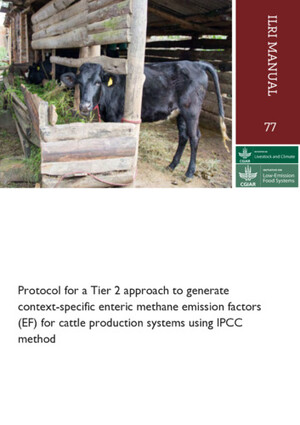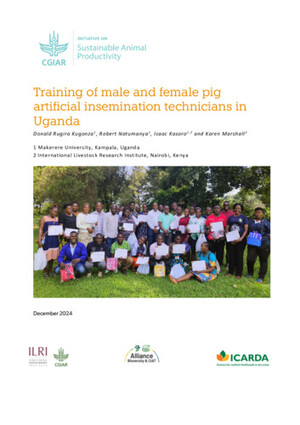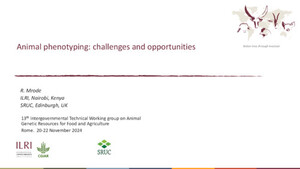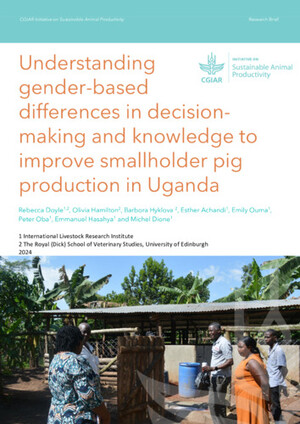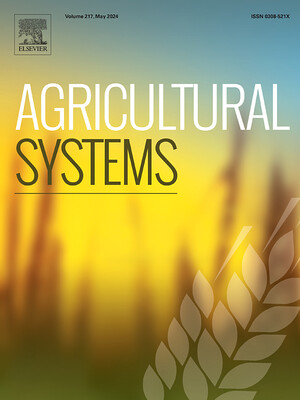
Research progress on greenhouse gas emissions from livestock in sub-Saharan Africa falls short of national inventory ambitions
Abstract
Livestock are an important source of livelihoods in agricultural systems in sub-Saharan Africa (SSA), while also being the largest source of national greenhouse gas (GHG) emissions in most African countries. As a consequence, there is a critical need for data on livestock GHG sources and sinks to develop national inventories, as well as conduct baseline measurements and intervention testing to mitigate GHG emissions and meet ambitious national climate goals. Our objective was to review studies on GHG emissions from livestock systems in SSA, as well as soil carbon storage in livestock-dominated systems (i.e., grasslands and rangelands), to evaluate best current data and suggest future research priorities. To this end, we compiled studies from SSA that determined emission factors (EFs) for enteric methane and manure emissions, along with studies on soil organic carbon (SOC) stocks in SSA. We found that there has been limited research on livestock GHG emissions and SOC relative to national ambitions for climate change mitigation in SSA. Enteric methane emission factors (EFs) in low productivity cattle systems may be lower than IPCC Tier 1 default EFs, whereas small ruminants (i.e. sheep and goats) had higher EFs compared to IPCC Tier 1 EFs. Manure EFs were equal to or lower than IPCC Tier 1 EFs for deposited manure (while grazing), manure applied as fertilizer, and manure management. SOC stocks for grasslands and rangelands in SSA show broad agreement with IPCC estimates, but there was a strong geographic bias and many studies did not report soil type, bulk density, or SOC stocks at >30 cm depth. In general, the largest data gaps included information for manure (quantity, quality, management), small ruminants, agropastoral/pastoralist systems, and in general from West Africa. Future research should focus on filling major data gaps on locally appropriate mitigation interventions and improving livestock activity data for developing Tier 2 GHG inventories in SSA. At the science-policy interface, all parties would benefit from enhanced coordination within the research community and between researchers and African governments to improve Tier 2 inventories and harmonize measurement for mitigation in livestock systems in SSA.
Citation
Graham, M.W., Butterbach-Bahl, K., du Doit, C.J.L., Korir, D., Leitner, S., Merbold, L., Mwape, A., Ndung’u, P.W., Pelster, D.E., Rufino, M.C., van der Weerden, T., Wilkes, A. and Arndt, C. 2022. Research progress on greenhouse gas emissions from livestock in sub-Saharan Africa falls short of national inventory ambitions. Frontiers in Soil Science 2:927452.





